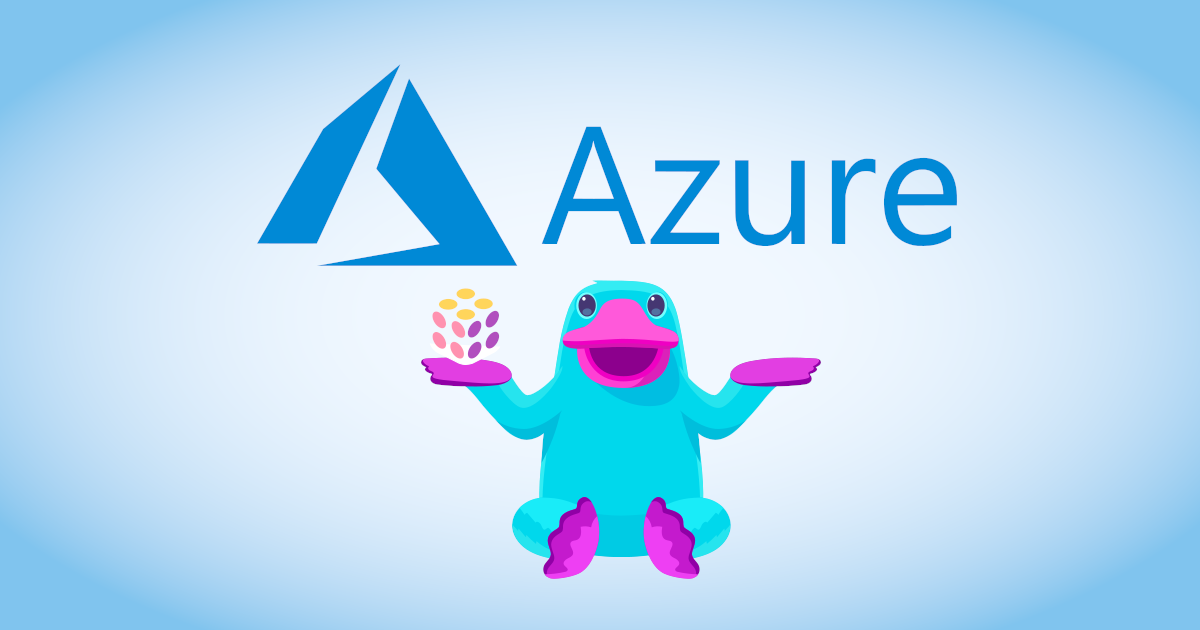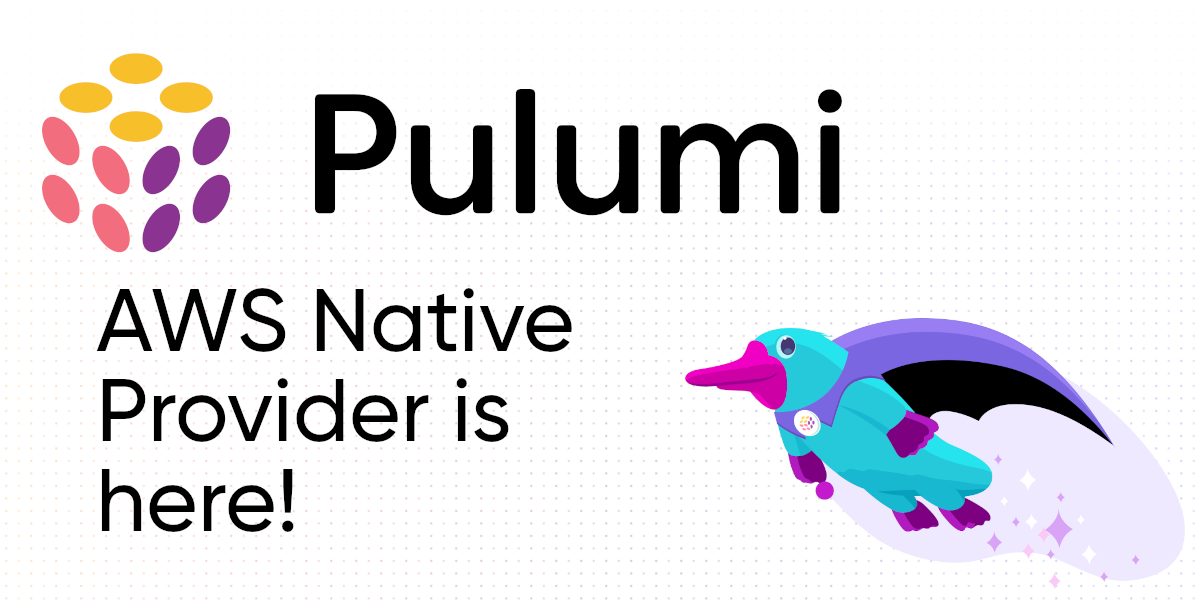Introducing Pulumi Registry: Deploy Cloud Infra Faster

Pulumi offers the most complete infrastructure as code platform for building, deploying, and managing modern cloud infrastructure and applications. When you use Pulumi, a vast library of cloud resources—from compute, storage, and other cloud infrastructure to databases to identity providers to monitoring systems—is at your fingertips. As the Pulumi community has grown, we’ve heard from many of you that we needed a central hub where you could find all of those resources. We’ve also heard from Pulumi partners that they wanted a great place to showcase their integrations with Pulumi so that their customers can more easily learn how to use Pulumi to deploy and manage their products.
Today, we’re excited to launch Pulumi Registry, the one place to discover and share everything you can achieve using Pulumi. Pulumi Registry is a searchable collection of Pulumi Packages published by Pulumi and our partners. With Pulumi Registry, you can easily find the package with the resources you need, install that package directly into your project, and start building. You can choose from Providers that give you full access to everything a cloud provider has to offer, or choose a Component that gets you started quickly with best practices and sensible defaults baked in. All Pulumi Packages are available in all Pulumi languages, so you can build your infrastructure using C#, Go, Python, and TypeScript/JavaScript. You’ll also find all of the documentation you need to succeed: from detailed API reference to how-to guides with source code for specific use cases.
















